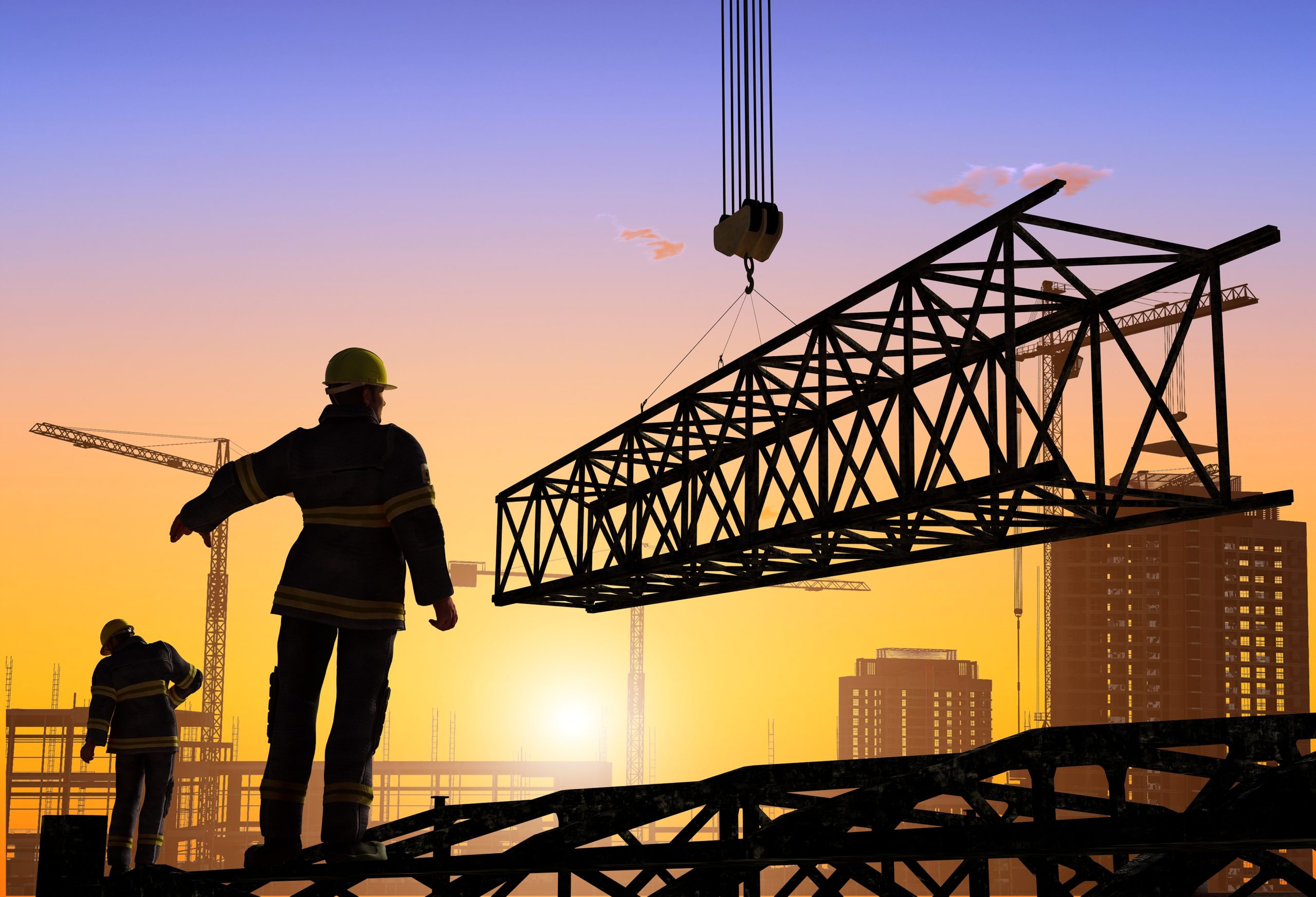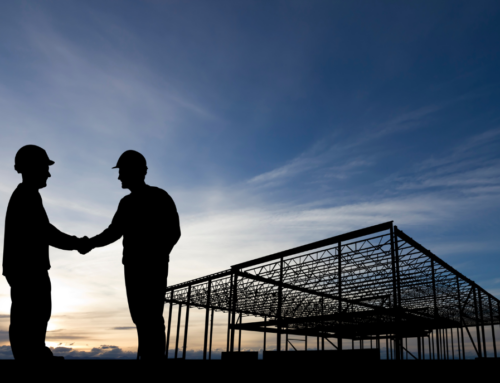The speed at which the U.S. economy is emerging from the darkness of the coronavirus pandemic is noteworthy, but it isn’t without impact, particularly for employers. The “new normal” for major employers is far from defined, forcing any business that survived the pandemic-driven recession to work their way through a story that is still being written, one still without a clearly defined ending.
What is clear is that the last 16 months have given us all the opportunity to rethink many things, not the least of which seems to be how, where and when we work. It is unclear how that narrative will wrap up—leaving many employers dealing with a seemingly endless string of challenges as they try to define and work within the emerging “new normal.”
The Risks Are High
As construction firms have reopened over the last year, many are struggling with a number of challenges: Pricing for raw materials is high, delivery of items commonly associated with moves and housing upgrades such as furniture and appliances takes months longer than normal, and employers are struggling to fill millions of vacant spots on their employee rosters.
Construction executives must also consider the impact of their decisions on employee retention. Many workers are considering leaving their current employers due to flexibility with “work from home” requests by the end of this year. Employers who push for a return to pre-pandemic working models risk losing key employees.
Are These Risks Permanent?
In a post-covid 19 environment, many construction executives are adapting to changes in how work is done. A great debate still rages over how many of these disruptions are temporary and actual, fundamental shifts in behavior that will outlast the post-pandemic recovery. Employers in the midst of great change must now also wrestle with how much of that change they must embrace in the long term.
Some changes will stick around, at least in one form or another. Many roles were possible to handle remotely pre-pandemic, but the status quo and a lack of technology infrastructure kept those positions on-site. However, in March of 2020, many companies were forced to abruptly abandon the status quo and rapidly invest in the technology to support remote workers—a move many workers have now become accustomed to and from which many do not wish to move away hastily.
Only The Adaptable Will Survive
As we all know, the world is in a state of post-pandemic flux. Many businesses have had to adapt to this new environment, and the construction industry is no exception.
Forward-thinking executives are already planning for a post-Covid 19 world. A recent Gartner Research webinar poll of employers showed that 90% expect to allow employees to work at least part of the time remotely, 65% expect to grant flexibility to employees with regard to when they work, and 1% expect no change at all. We all know that change is coming.
The old buzzword might have been “Optimization”, the new buzzword is “Adaptability”. If you are not adapting to the new world, you will be left behind. Is your company ready for this change?
The Road Ahead
As a construction executive, you are no doubt navigating a rapidly changing post-covid 19 environment. With the pandemic now behind us, what will the future hold for the industry? How can you capitalize on the opportunities that are now emerging? Here are a few thoughts to consider:
1. Keep an open mind. The world has changed, and it’s important to be prepared to adapt to the new landscape. Things that may have seemed unthinkable a few months ago are now becoming a reality. Be willing to think outside the box and explore new possibilities.
2. Embrace change. Change is inevitable, and those who resist it will be left behind. The construction industry is in a period of rapid evolution, and those who are open to new possibilities and embrace innovation will have a distinct advantage.
3. Don’t be afraid to think big, but start small. Take a chance, but do it in a way that doesn’t risk too much at once. Success is all about taking the right risks, so consider your resources and how you can best use them going forward.
4. Be honest and upfront. Don’t take things for granted or fall back on bad habits – treat everyone with respect you want to receive in return, and be willing to focus on the needs of your team rather than simply trying to get by with what you already have.
5. Never stop learning and improving. The pandemic may be over, but changes are still coming. Those who are learning to deal with them are well-positioned to take advantage of what comes next.
The construction industry is changing fast, and you must stay on top of the latest trends to make sure your organization succeeds. With these tips in mind, you can be prepared to thrive in the new normal rather than simply survive.
At Raymond Search Group, we’re working with our clients to not only adapt to a changing world but to thrive in an economy filled with opportunities for those willing to embrace the change it requires.
If you would like to chat about the construction landscape as it evolves and how that will impact your ability to hire and retain the best construction talent possible, feel free to book a call with us anytime. We’re here to help you build your dream team so you can get back to doing what you do best: Building a stronger America.








Leave A Comment